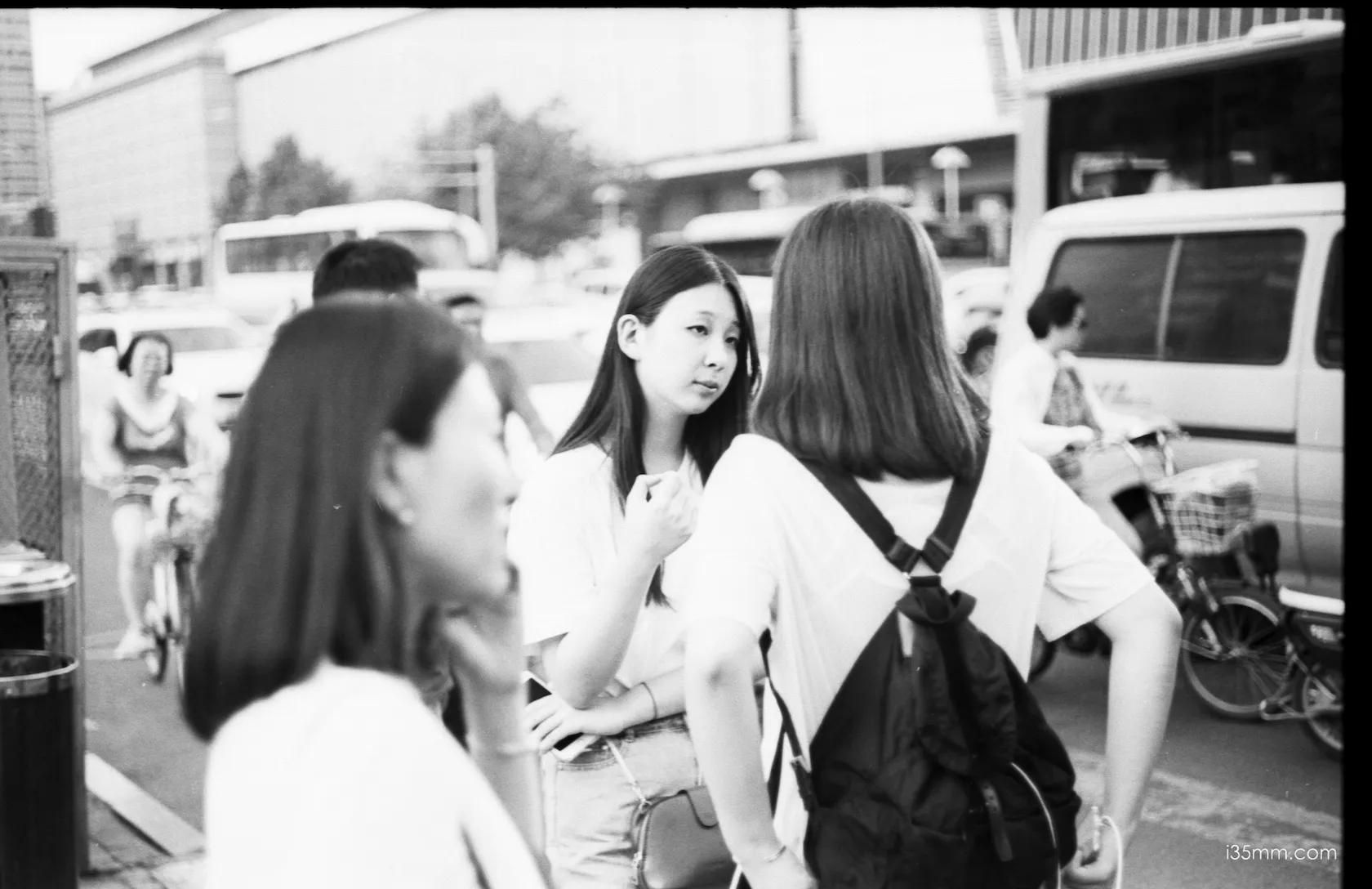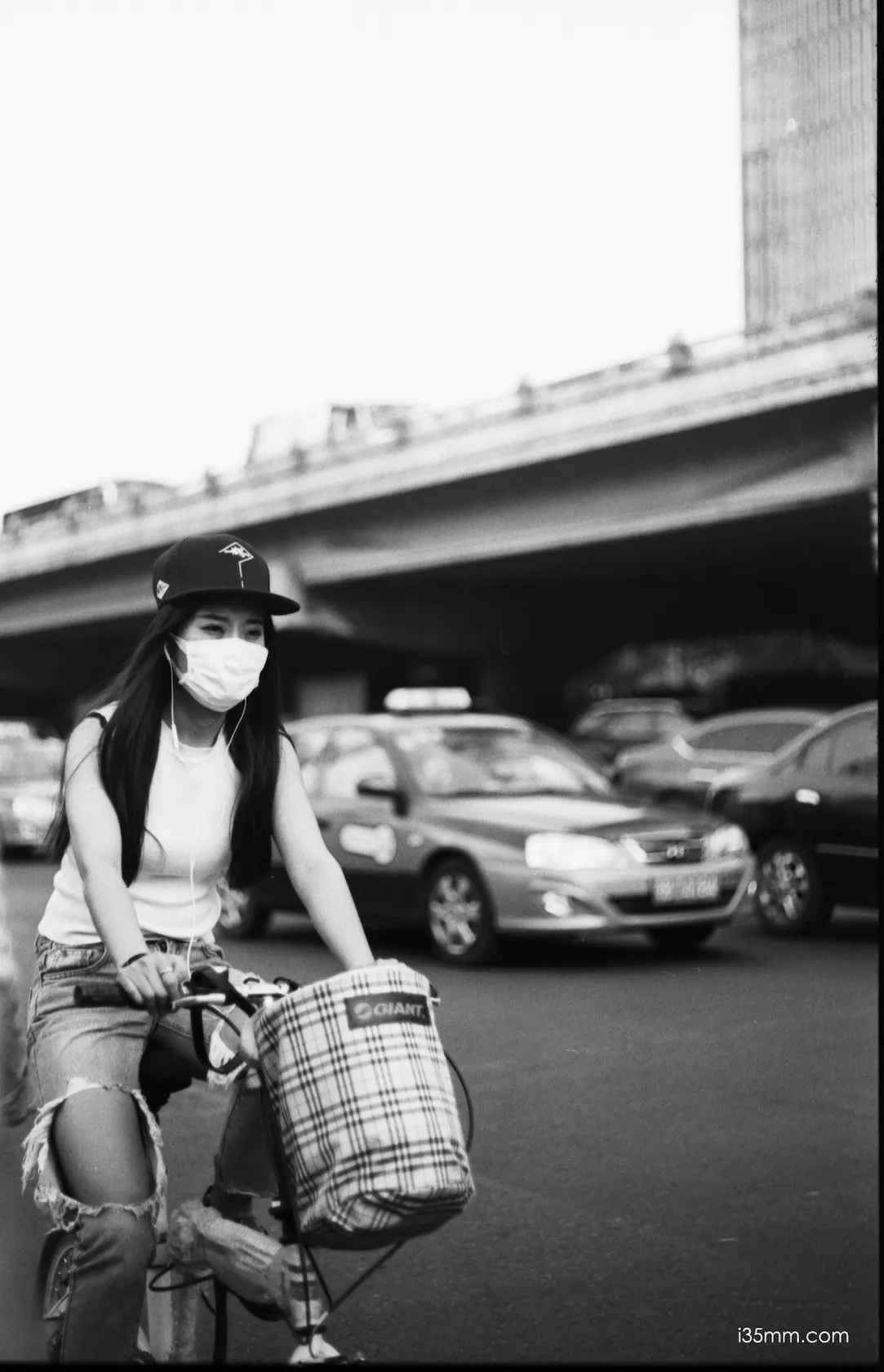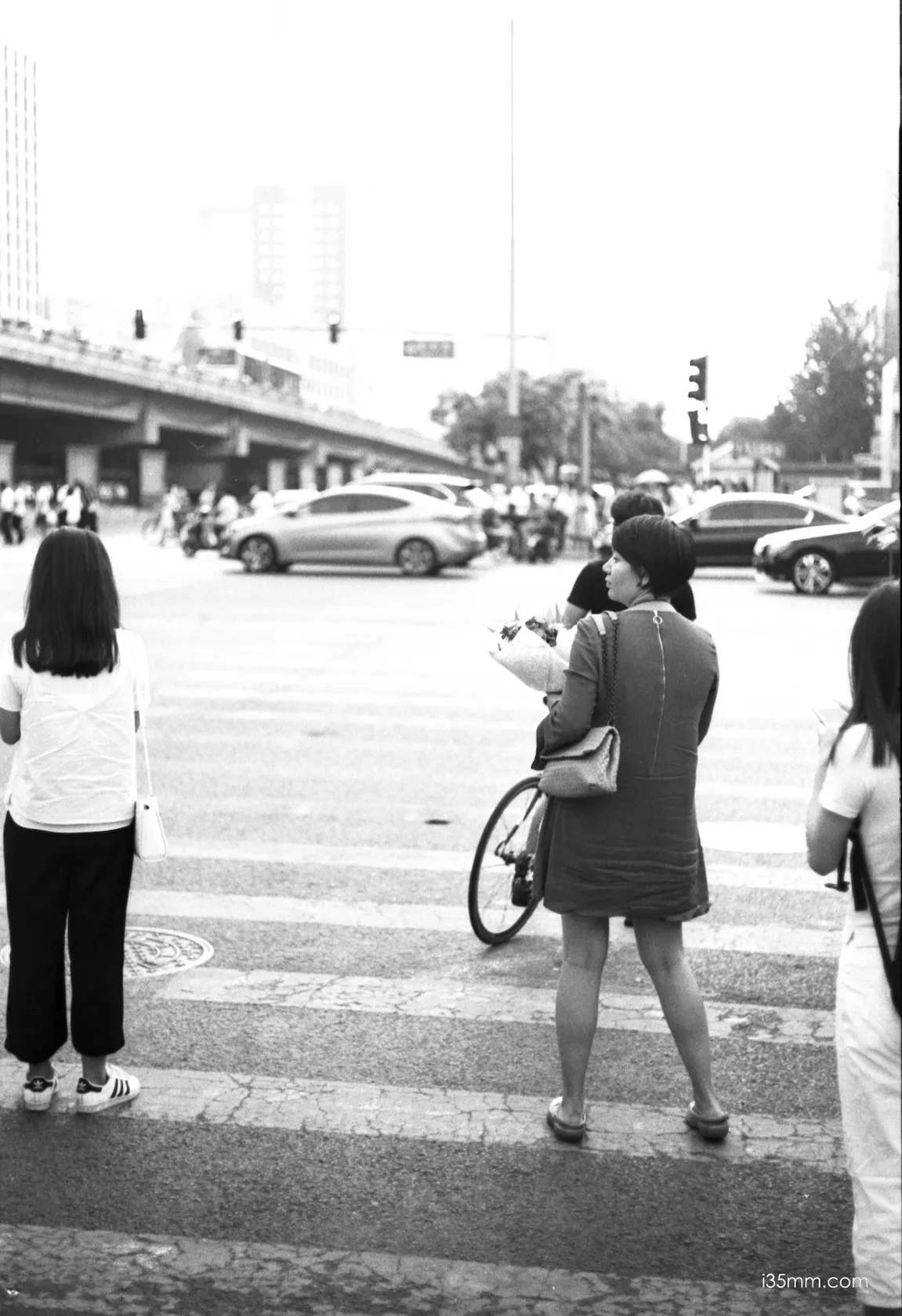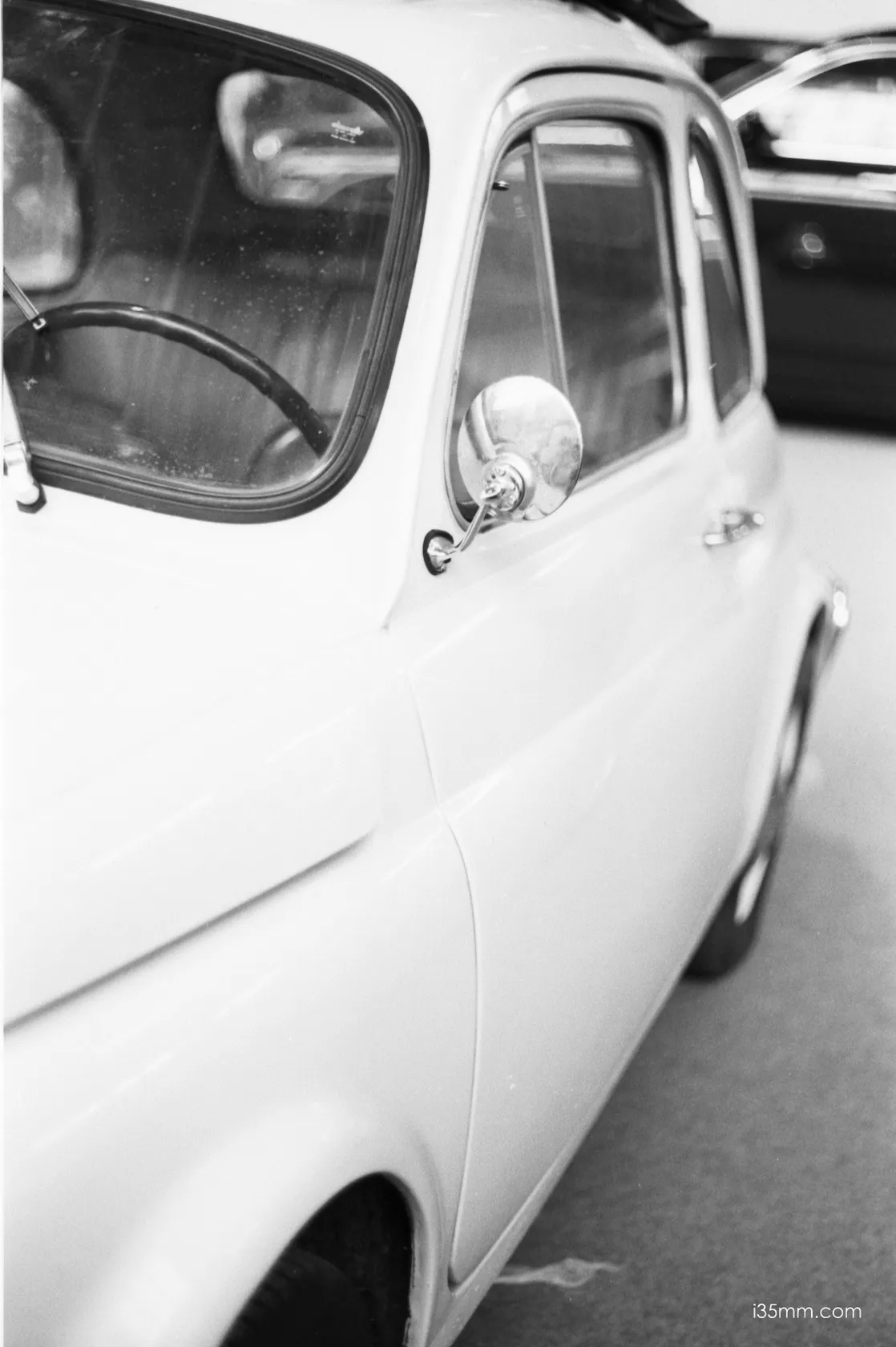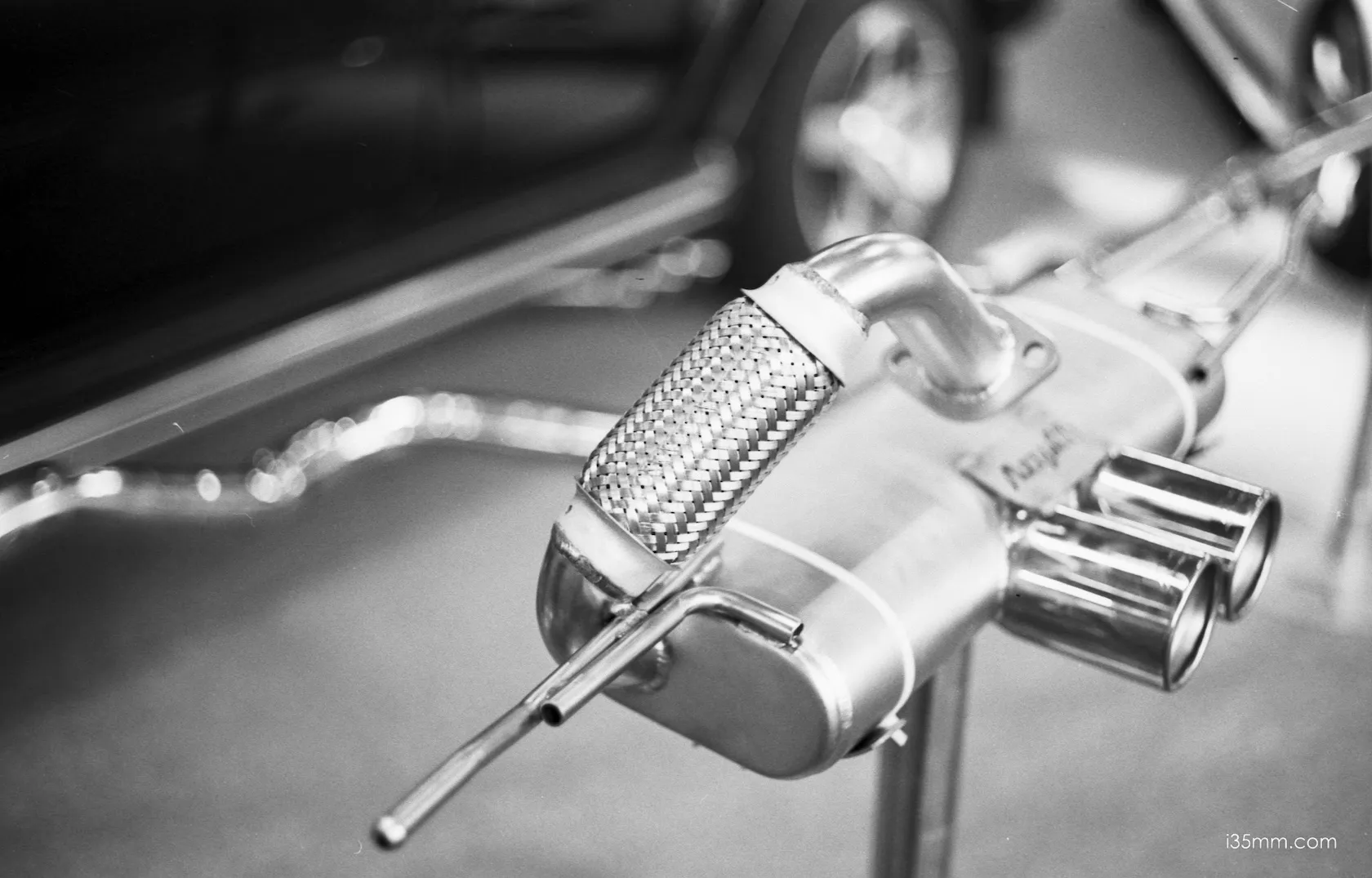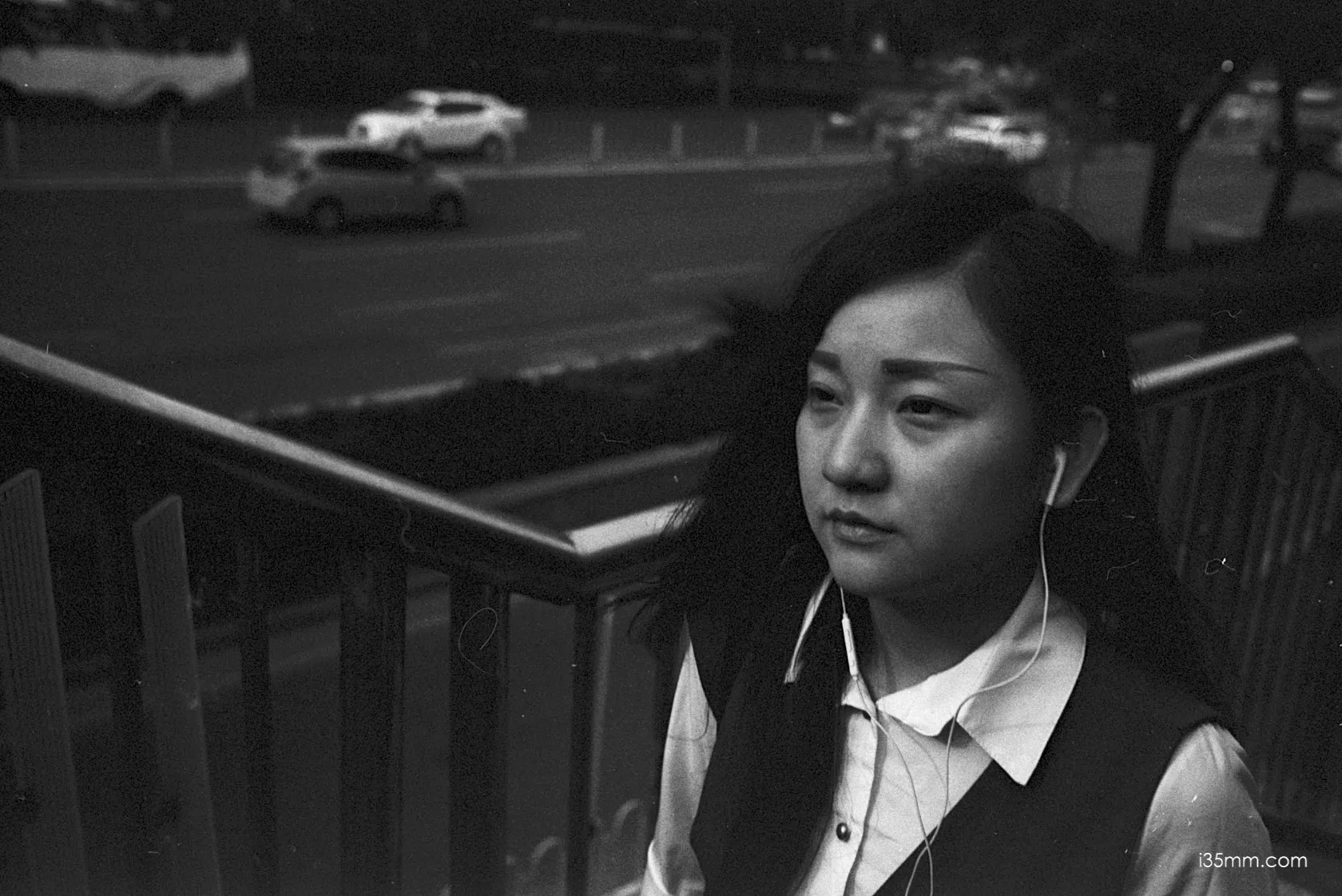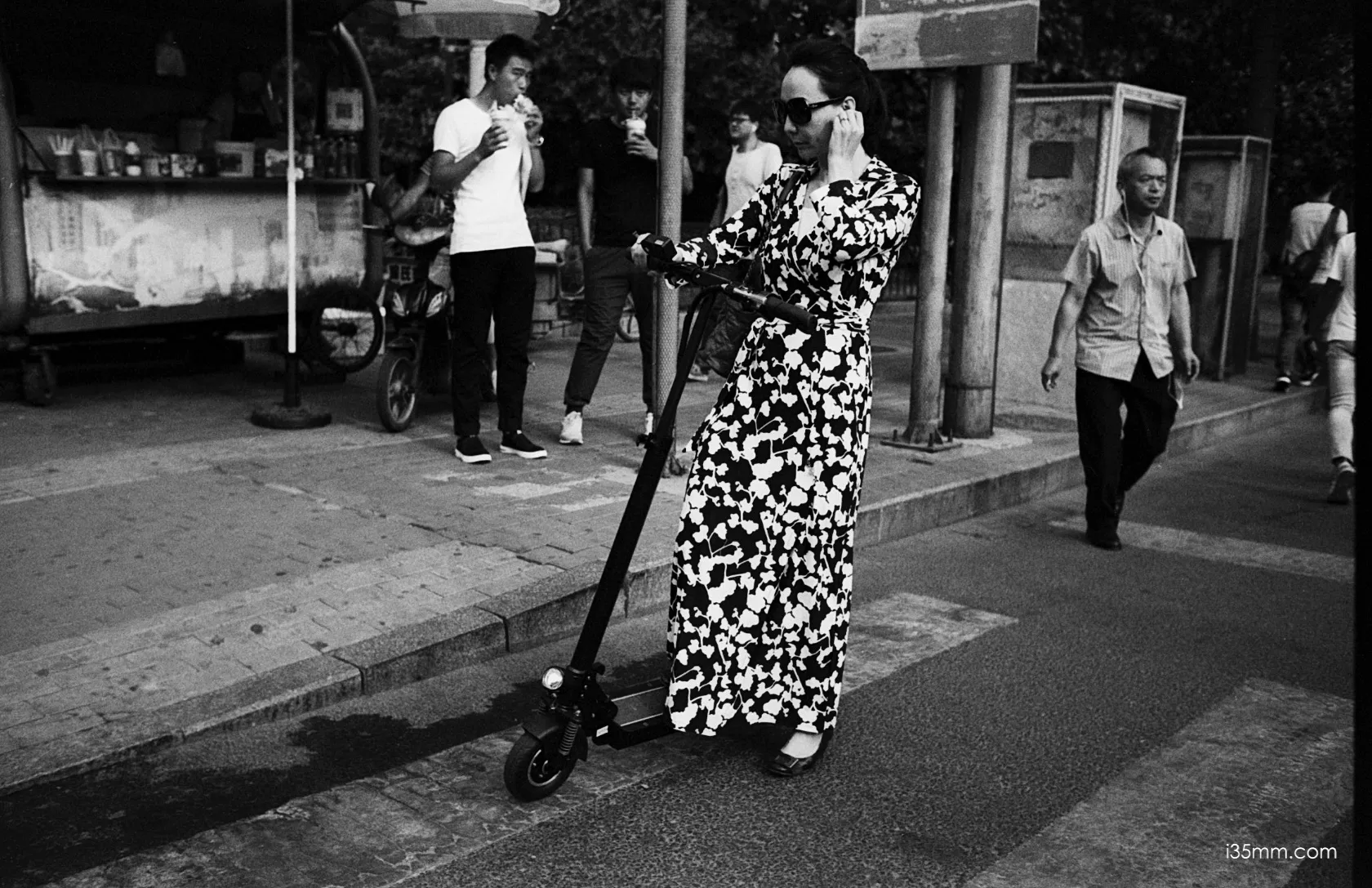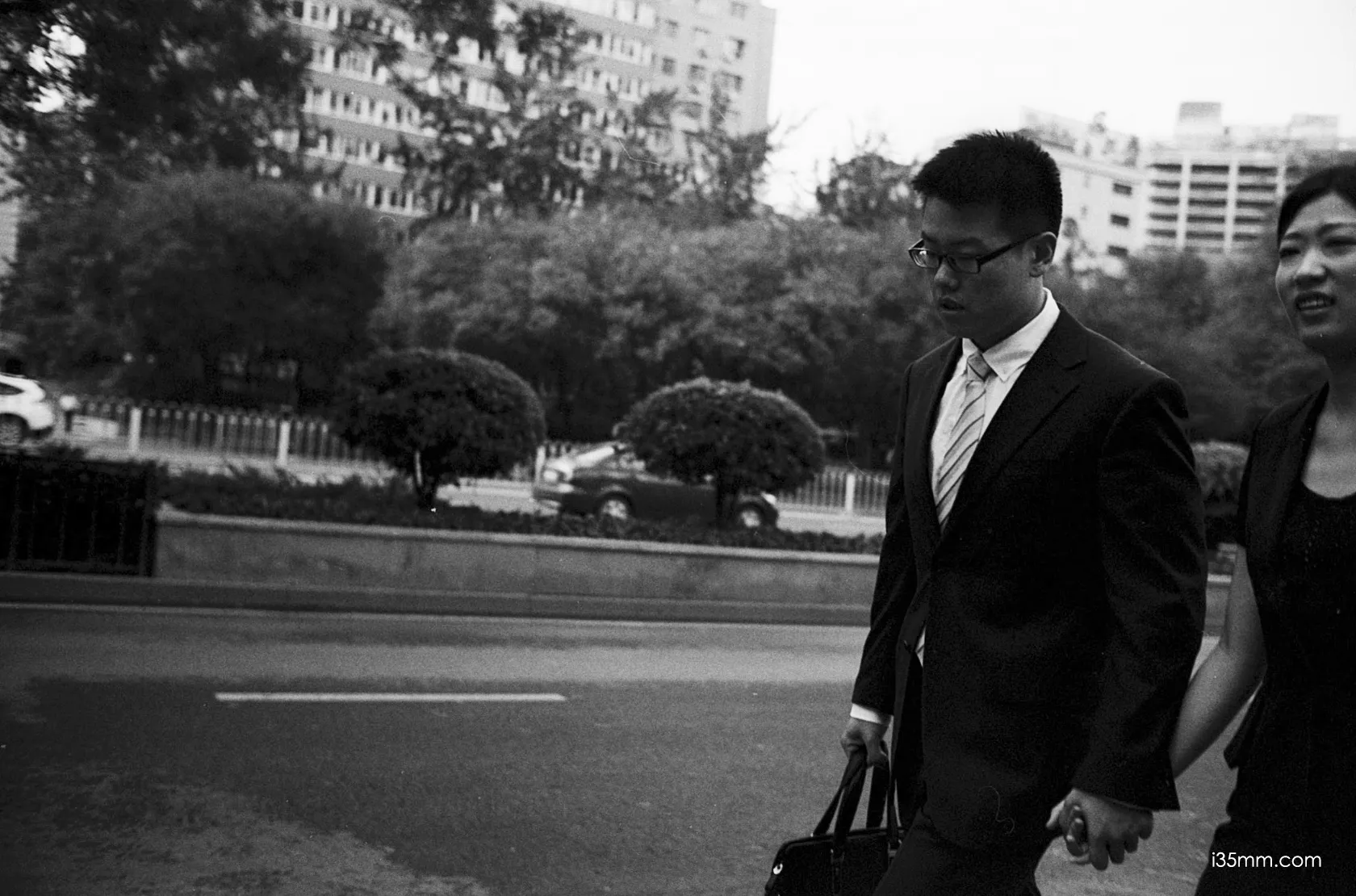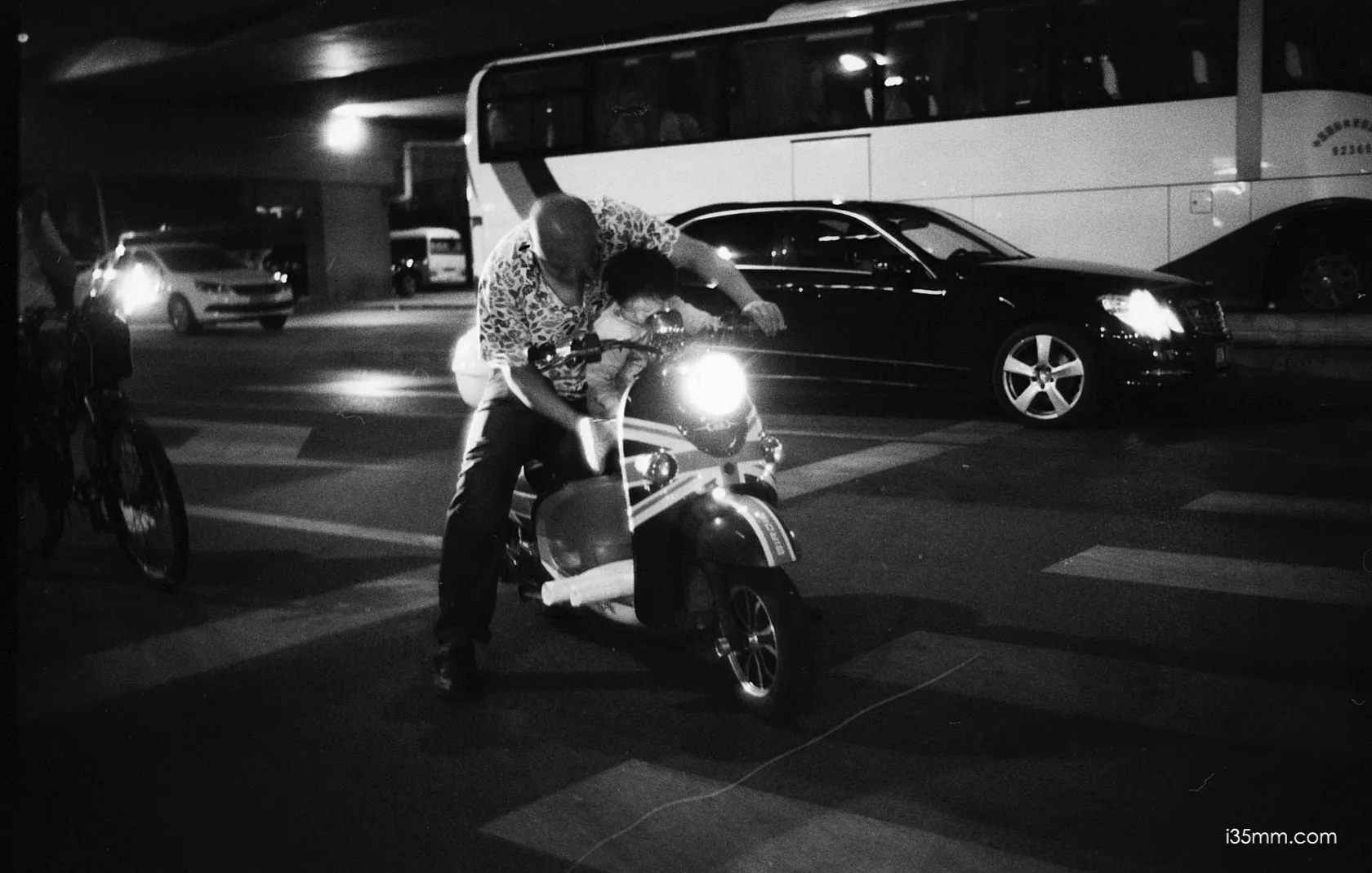The Ghost in the Aluminum
Born in 1972, the Summilux-M 35mm f/1.4 II Pre-ASPH is a lens that defies modern optics’ obsession with perfection. This 245g aluminum relic—discontinued in 1993—doesn’t just capture light; it interprets it through a veil of chromatic whispers and mechanical poetry. At 2,500–2,500–4,000 (used), it’s not a tool, but a collaborator in crafting visual sonnets.





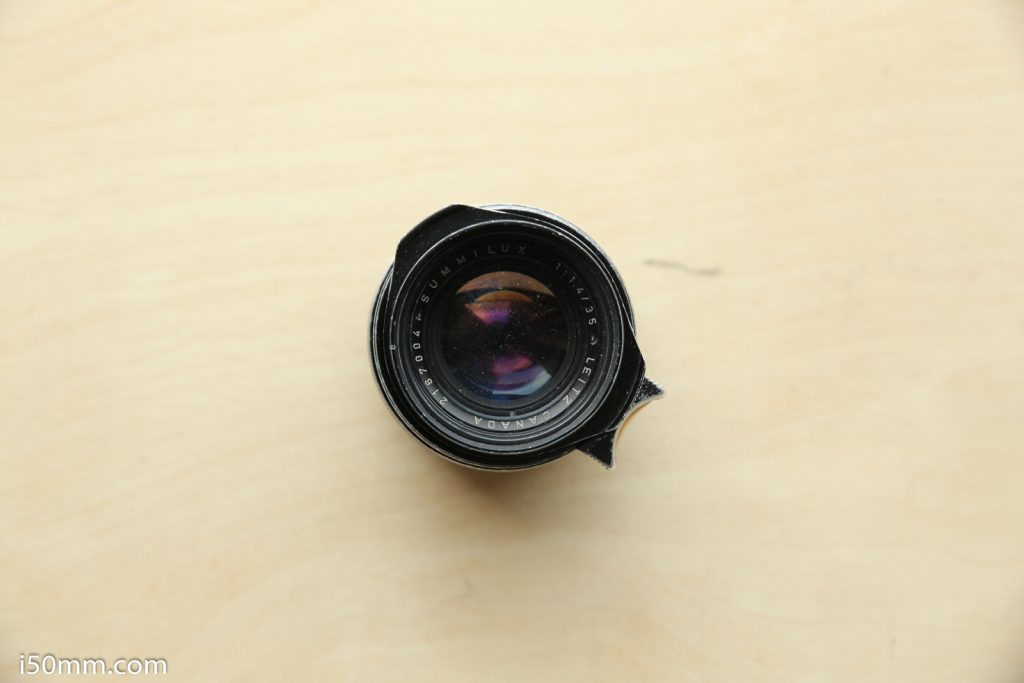
Optical Scripture: The Glow Doctrine
- f/1.4 Sorcery
- Leica Glow: A haloed haze reminiscent of Renaissance oil paintings, achieved through:
- Spherical aberration (0.3mm residual)
- Single-coated glass (12% light transmission loss)
- Swirly Bokeh: Backgrounds twist like Van Gogh’s Starry Night at 2m focus distance
- Leica Glow: A haloed haze reminiscent of Renaissance oil paintings, achieved through:
- Stopped-Down Metamorphosis
- f/2.8 Reality: Center sharpness (50 lp/mm) rivals modern ASPH lenses
- Vignette Control: -2EV at f/1.4 → -0.5EV at f/4 (film forgives, digital whines)
- Chromatic Paradox
- Purple Fringing: 3px wide on M9 sensors—embrace as “optical watercolor”
- Film Salvation: Tri-X @1600 transforms flaws into silver halide jazz
Generational Wars
| Aspect | Summilux II Pre-ASPH | Summicron 35mm f/2 v4 | Summilux 35mm ASPH FLE |
|---|---|---|---|
| Character | Rembrandt’s brush | Vermeer’s precision | Dali’s surrealism |
| Bokeh | Swirling fog | Creamy gradients | Clinical isolation |
| Weight | 300g (aluminum sonnet) | 250g (aluminum haiku) | 320g (titanium ode) |
| Price (2024) | 2.5k–2.5k–4k | 1.8k–1.8k–3k | 5k–5k–6k |
| Soul | Analog shaman | Bokeh king | Digital mercenary |
The Practical Poet’s Paradox
Why choose imperfection?
- Creative Constraints: Forces composition over computational crutches
- Emotional Rendering: Glow effect = built-in VSCO filter from 1972
- M-Mechanical Synergy: Balances on M6 like yin-yang perfection
Who Should Embrace This Relic?
✓ Film Alchemists: Brewing light in chemical baths
✓ Portrait Poets: Who see pores as landscapes
✓ Leica Purists: Collecting stories, not MTF charts
Avoid If: You shoot architecture or worship DxO scores.
Final Verdict: The Beautiful Heresy
The Pre-ASPH Summilux 35mm isn’t a lens—it’s optical jazz. For the price of a premium smartphone, you gain:
- 50% vintage mystique + 50% modern usability
- Proof that “flaws” outlive perfection
- Permission to fall in love with photography anew

Rating: ⭐⭐⭐⭐/5 (for romantics) | ⭐⭐/5 (for technocrats)
A lens that whispers: ‘Sharpness is poverty of imagination.’
Pro Tips:
- Focus Shift Hack: Mark f/2.8 focus point with red enamel
Aluminum breathes golden light,
Thirty-five millimeters—
Flaws sing louder here.

